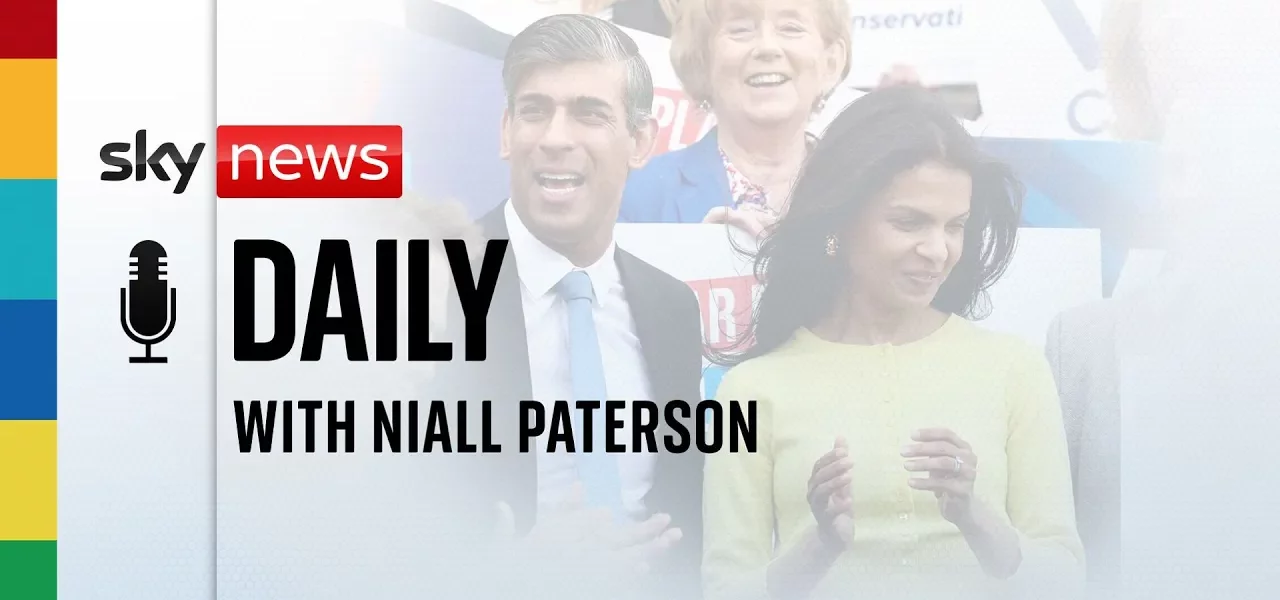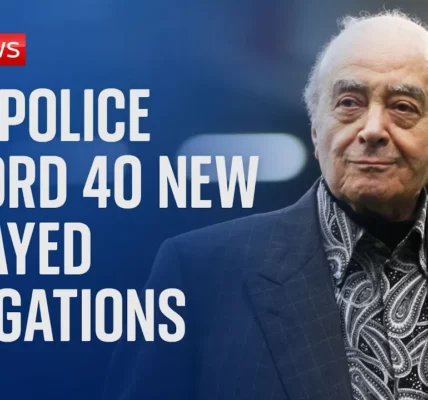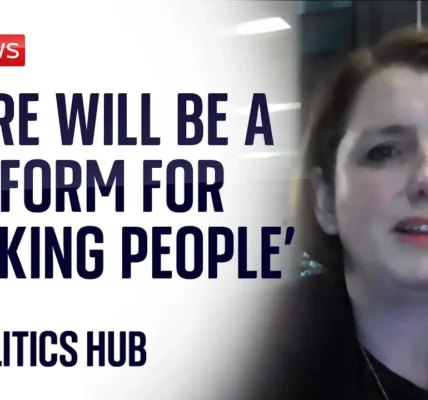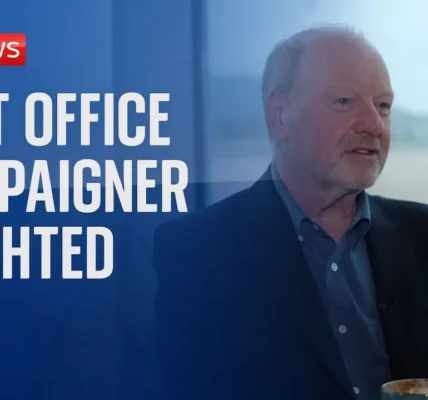Rishi Sunak Launches Conservative Party Manifesto at Silverstone

Welcome to our in-depth analysis of the Conservative Party’s manifesto launch led by Prime Minister Rishi Sunak at the Silverstone racetrack. This event marks a pivotal moment in the campaign trail as Sunak outlines key policies, particularly focusing on tax cuts and economic strategies, aiming to differentiate his party from Labour. Join us as we delve into the details of this significant political event.
Introduction
The Conservative Party’s manifesto launch at Silverstone has stirred a mix of anticipation and skepticism. Prime Minister Rishi Sunak unveiled significant tax cut proposals that he claims will benefit the average worker. However, the choice of venue and the nature of the event have led to criticism regarding the party’s direction and efficacy. This article will explore the key elements of the manifesto, the proposed tax cuts, and the overall political implications as the election approaches.
The Venue and Its Implications
Launching the manifesto at Silverstone, a renowned racetrack, was a strategic choice that aimed to symbolize speed and competition. However, this decision has raised eyebrows among political analysts and journalists alike.
Critique of the Venue Choice
- Many commentators likened the Conservatives’ campaign to a “car crash,” questioning the appropriateness of the racing venue given the party’s current standing.
- Despite the glamorous setting, the event felt flat, lacking the energy and engagement seen in other political rallies.
- Notable absences from the audience and the presence of a limited number of journalists contributed to a sense of a poorly attended event.
Key Policies in the Manifesto
At the heart of the manifesto are several tax policies aimed at appealing to voters concerned about their financial well-being.
Tax Cuts Overview
The manifesto outlines a series of tax cuts, particularly focusing on National Insurance, which the party claims will substantially benefit the average worker.
- Immediate tax cuts worth £900 for the average worker.
- A pledge to halve National Insurance to 6% by 2027, translating to a total projected saving of £1,300 per worker.
- Additional tax measures aimed at reducing the overall tax burden, despite criticisms about the complexity and transparency of these figures.
Projected Financial Implications
While the proposed tax cuts may seem beneficial, there are concerns regarding the overall fiscal responsibility of the Conservative government:
- Critics argue that despite the tax cuts, the overall tax burden will continue to rise due to other increases, such as corporation tax and the freezing of tax-free personal allowances.
- The manifesto’s figures are seen as lacking consistency and clarity, with many calling for a more transparent and coherent presentation of financial data.
Political Reactions and Analysis
The reactions to the manifesto launch highlight a deep divide within the Conservative Party and the electorate’s perception of its efficacy.
Internal Party Dynamics
There is a palpable tension within the Conservative Party, as factions push for more radical proposals while the leadership opts for cautious strategies:
- Many party members are calling for bold actions, particularly concerning immigration and public services, which they feel are inadequately addressed in the manifesto.
- The lack of concrete commitments on controversial issues, such as the European Convention on Human Rights, has left some party members dissatisfied.
Public Perception and Polling
Recent polls indicate a challenging landscape for the Conservatives:
- Current polling shows the Conservative Party trailing significantly behind Labour, raising concerns about their electoral viability.
- The party’s messaging around tax cuts is viewed with skepticism, as many voters feel the burden of taxes is still increasing despite the proposed cuts.
- Public sentiment reflects a desire for improved public services, with many voters indicating a willingness to pay higher taxes for better service delivery.
Conclusion
The launch of the Conservative manifesto by Rishi Sunak at Silverstone has sparked considerable debate about the party’s future and the effectiveness of its proposed policies. While the tax cuts aim to position the Conservatives as the party of economic relief, the underlying complexities and public skepticism present significant challenges. As the election approaches, it remains to be seen whether these policies will resonate with voters or if the party will face a significant electoral setback.
For further insights into UK politics and economic policies, explore our related articles on tax reforms and UK politics trends.
“`




